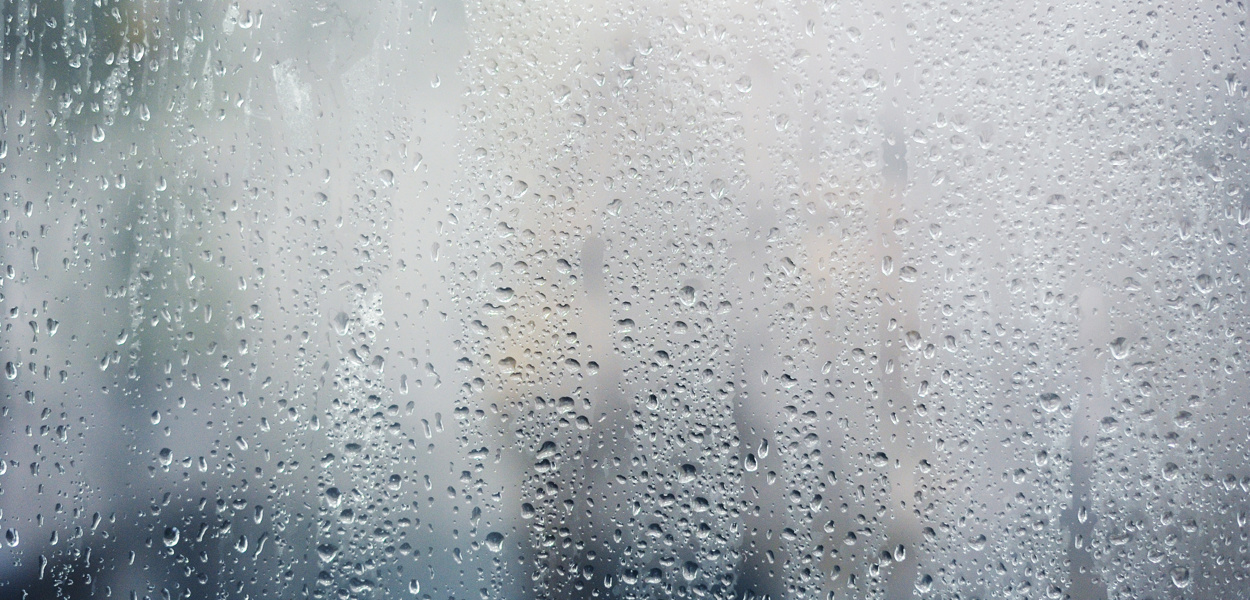We’ve carefully followed the guidance issued by the Housing Ombudsman on how to deal with damp and mould to achieve a zero-tolerance approach.
Moving from reactive to proactive positioning
- We’re re-emphasising to our residents the importance of reporting damp and mould via a number of communication channels including our newsletters or via our website.
- We’ve an active stock condition survey programme with 20% of homes visited each year. Most of the damp and mould cases we’ve dealt with over the last year were picked up proactively via this programme. 85% of our homes have been surveyed in the last four years
- We have a range of information available for residents on our website regarding damp and mould. We regularly communicate via our other channels, like our resident newsletter.
Using complaints as a tool for improvement
- We’ve reviewed all complaints and reports of damp over the past few years to see if there’s anything more we should have done or we can do
- We’re tracking damp and mould cases closely, prioritised by risk, and keeping our residents up to date with proposed resolutions and progress updates
- Where residents have asked to move, we’re working with relevant local authorities to find solutions together.
Diagnosing and resolving issues
- We’re taking proactive steps to install data loggers in residents’ homes to see how the property is performing. They record heat, humidity, and moisture levels to help us work with residents to identify and rectify any issues before they happen
- In cases where damp and mould are present, we work alongside our residents throughout the period of intervention and this action is embedded in our process.
Co-creating service improvement with residents
- We undertook a service design earlier this year, informed and co-created by our residents, about how we can further improve our damp and mould resolution service. As a result of this we’ve:
- Provided additional damp and mould refresher training to our surveyors and front-line teams, and asked them to report any concerns
- Been fitting more devices which monitor heat, humidity, and moisture point in homes, after successful pilots in recent years
- Increased our surveying team to help deal with the increased workload
- Created a dedicated disrepair team in our repairs directorate
- Encourage our repairs operatives and contractors to report damp and mould if present while undertaking works in residents’ homes. There is now a question on their Personal Digital Assistant device (PDA) which they must answer before they can close a job
- Bought and issued over 200 new damp meters so surveyors have up to date tools to do their job.
Strong governance and policy
We provide our Board and Executive team with regular oversight of damp and mould cases.
We’ve a specific Standard Operating Procedure for Repairs and Serious Health Conditions that covers damp and mould.

Working with residents to make improvements
We know that damp and mould can have a serious impact on both the health and wellbeing of residents. We wanted to know what could be done to understand more about the current situation, and make improvements for residents experiencing this issue.
Our Resident Scrutiny Panel examined residents' experiences, and analysed the current systems, processes and action plans here at Southern Housing and suggested improvements.
Read the Damp and Mould Report from our Resident Scrutiny Panel to find out what they said and next steps.
Read the report
